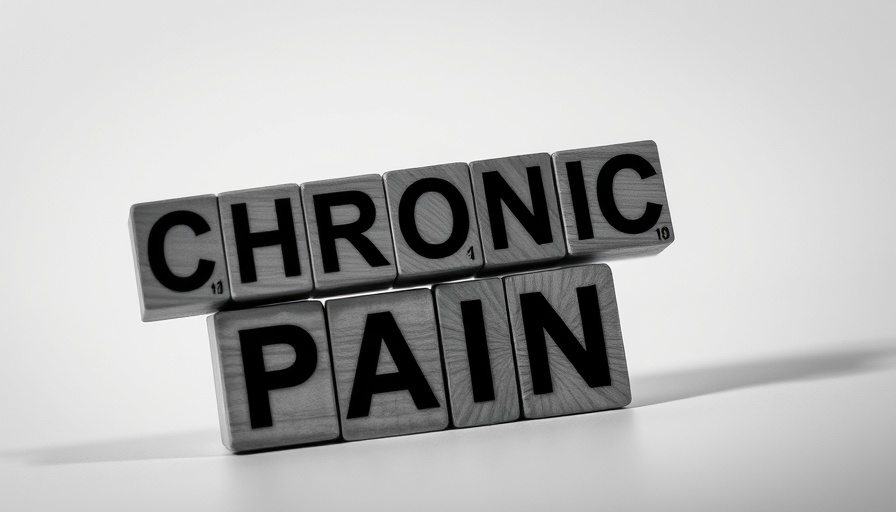
Understanding the Role of Hyperbaric Oxygen Therapy
Hyperbaric oxygen therapy (HBOT) has gained attention as a potential treatment for various medical conditions, including the management of radiation-induced dermatitis—an adverse skin reaction due to radiation therapy. Despite its popularity, recent studies have suggested that while HBOT is safe, its effectiveness in significantly reducing the severity of dermatitis may be limited.
What is Radiation-Induced Dermatitis?
Radiation-induced dermatitis is a common side effect for patients undergoing radiation therapy, particularly for cancers affecting the skin or nearby tissues. Symptoms can include redness, swelling, and pain, impacting the patient's quality of life and treatment adherence. Understanding the management of this condition is vital for healthcare providers and patients alike.
Examining Recent Research Findings
A recent study revealed that while HBOT is safe to use for patients with radiation-induced dermatitis, its benefits in easing the symptoms may not be as significant as previously hoped. This finding raises important questions about the treatment's role in clinical practice and whether patient resources might be better allocated to other interventions.
Why Hyperbaric Oxygen Therapy?
The attraction to HBOT lies in its theoretical benefits—enhancing the body’s healing processes by increasing oxygen delivery to damaged tissues. Many patients and clinicians have sought HBOT as an alternative therapy, believing it could potentially mitigate the adverse effects of radiation therapy. However, this recent evidence prompts the need for further investigation into more effective treatment regimens.
Expert Opinions and Counterarguments
Experts in the field have weighed in on the study's outcomes, with some arguing that while the efficacy of HBOT might be limited, it could still play a supportive role in the treatment of dermatitis. Others suggest that more research is needed to confirm these findings and evaluate the long-term implications of utilizing HBOT.
Future Directions for Treatment
In light of the findings, healthcare providers may need to consider integrating alternative or complementary treatments alongside HBOT. Options like topical therapies, advanced dressings, or other innovative treatments could be explored to manage radiation-induced dermatitis more effectively.
Practical Tips for Patients
For patients undergoing radiation therapy, it’s crucial to discuss all available options with healthcare providers. Staying informed about potential side effects and treatment options can empower patients to make better decisions. Patients might also consider lifestyle changes that include hydration, nutritional support, and skin care strategies tailored to minimize dermatitis symptoms.
In conclusion, while hyperbaric oxygen therapy remains a safe option in the treatment of radiation-induced dermatitis, its limited efficacy underscores the importance of exploring other viable treatment strategies. Awareness and education on the subject can significantly enhance patient care and outcomes.
 Add Row
Add Row  Add
Add 




Write A Comment